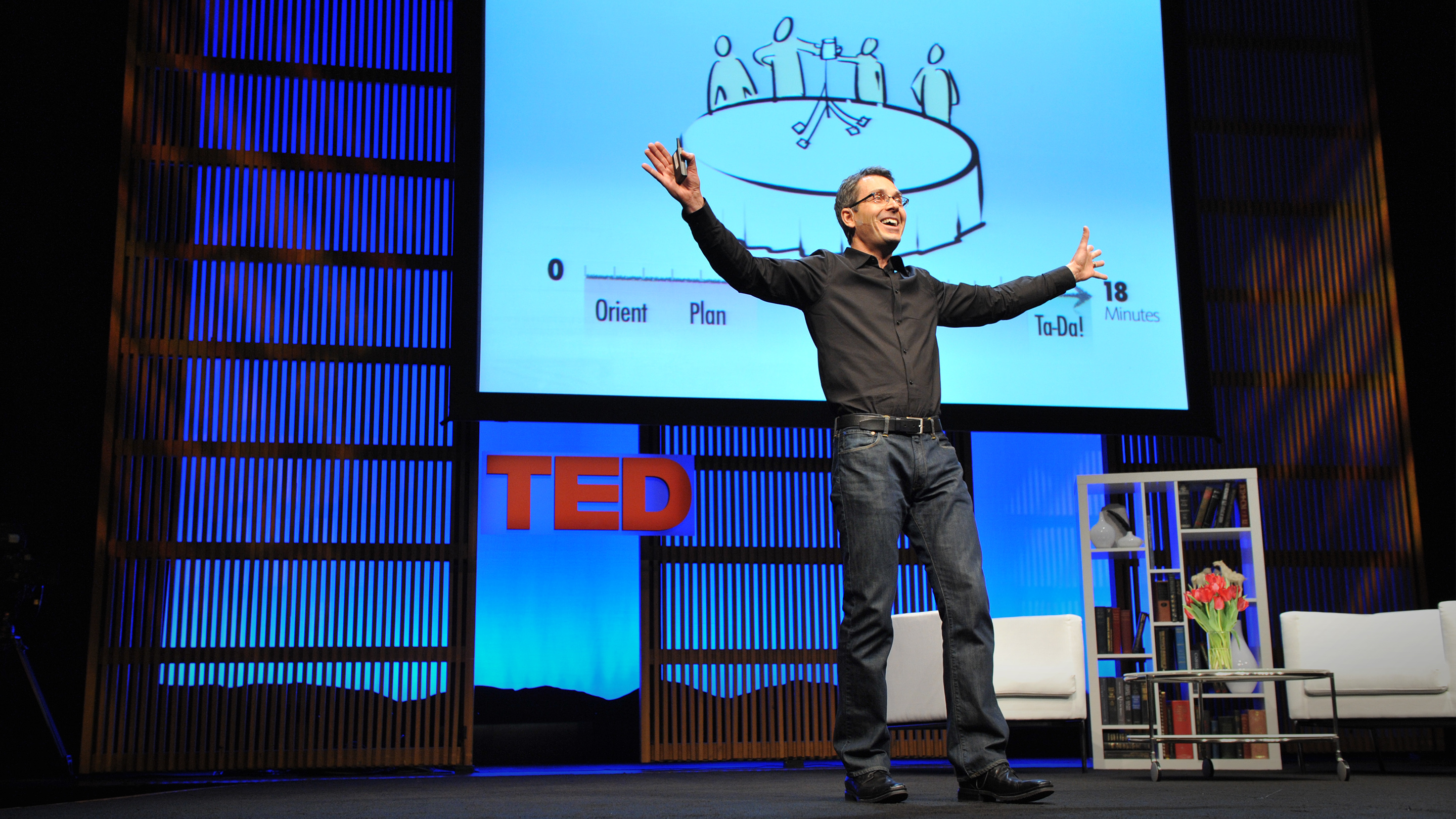What can spaghetti and marshmallows teach us about teamwork? More than you might think. The Marshmallow Challenge is a playful yet profound activity that brings out the best (and worst) in team dynamics, offering valuable lessons for the workplace.

In teams of four, participants are tasked with building the tallest freestanding structure using 20 spaghetti sticks, one yard of tape, one yard of string, and a marshmallow that must go on top.
The rules are simple: teams of four are given 18 minutes to build the tallest freestanding structure possible using the material.
Instructions
Material
Facilitate and Observe
Conclusion
At first, the Marshmallow Challenge seems like child’s play. Many teams begin by diving into planning: discussing ideas, sketching designs, and carefully organizing materials. Most teams start with big plans: sketching, organizing materials, and building systematically.
Then, when they are running out of time, someone place the marshmallow on top, everyone take a step back, and ta-chan! They admire their creation. Only to watch it collapses under its weight. The team’s hard work falls apart, leaving them with nothing but a collective sigh of frustration and a team crisis.
What’s happening? The problem lies in the approach. The teams that succeed aren’t those who spend the most time planning—they’re the ones who build prototypes along the way, testing their ideas and adjusting in real time. This iterative process provides immediate feedback, helping teams refine their strategies.
Teams that work cohesively, leveraging diverse perspectives, tend to perform better. Successful groups:
Those who view the challenge as a competitive individual task invariably fail. True success emerges from collective intelligence and mutual support.
Most teams spend considerable time discussing and planning their approach. However, the most successful teams start building immediately, creating quick prototypes and iterating rapidly. They understand that action beats perfect planning. Iterative processes lead to better results.
By testing and iterating, they learn what works and what doesn’t, ultimately creating more stable towers, rather than waiting until the end to evaluate.
In the Marshmallow Challenge, the most effective teams have leaders who:
Traditional hierarchical leadership often restrains creativity.
When Tom Wujec first introduced this challenge at design conferences, he discovered something remarkable. Different groups approached the task dramatically differently, revealing deep insights about teamwork, innovation, and problem-solving. See his TED Talk explaining how this challenge works.
In just 18 minutes, the Marshmallow Challenge can reveal surprising insights about your team’s strengths, weaknesses, and dynamics. More importantly, it provides actionable lessons on how to improve collaboration, innovation, and problem-solving in the workplace.
Companies like Google, Autodesk, and IDEO have used this challenge to:
These lessons translate directly into a more innovative, resilient, and connected team—the foundation of any great workplace culture.
The Marshmallow Challenge proves that innovation isn't about having the most brilliant individual, but creating an environment where collective creativity can flourish. It teaches that the best solutions emerge through rapid iteration, open communication, and a willingness to fail and learn.
So, are you ready to transform your team's approach to challenges? Grab some spaghetti, a marshmallow, and watch the magic happen.
If you’d like help organizing this or other team-building activities, Gecko Events is here to support you. Let’s create experiences that inspire, engage, and drive results.